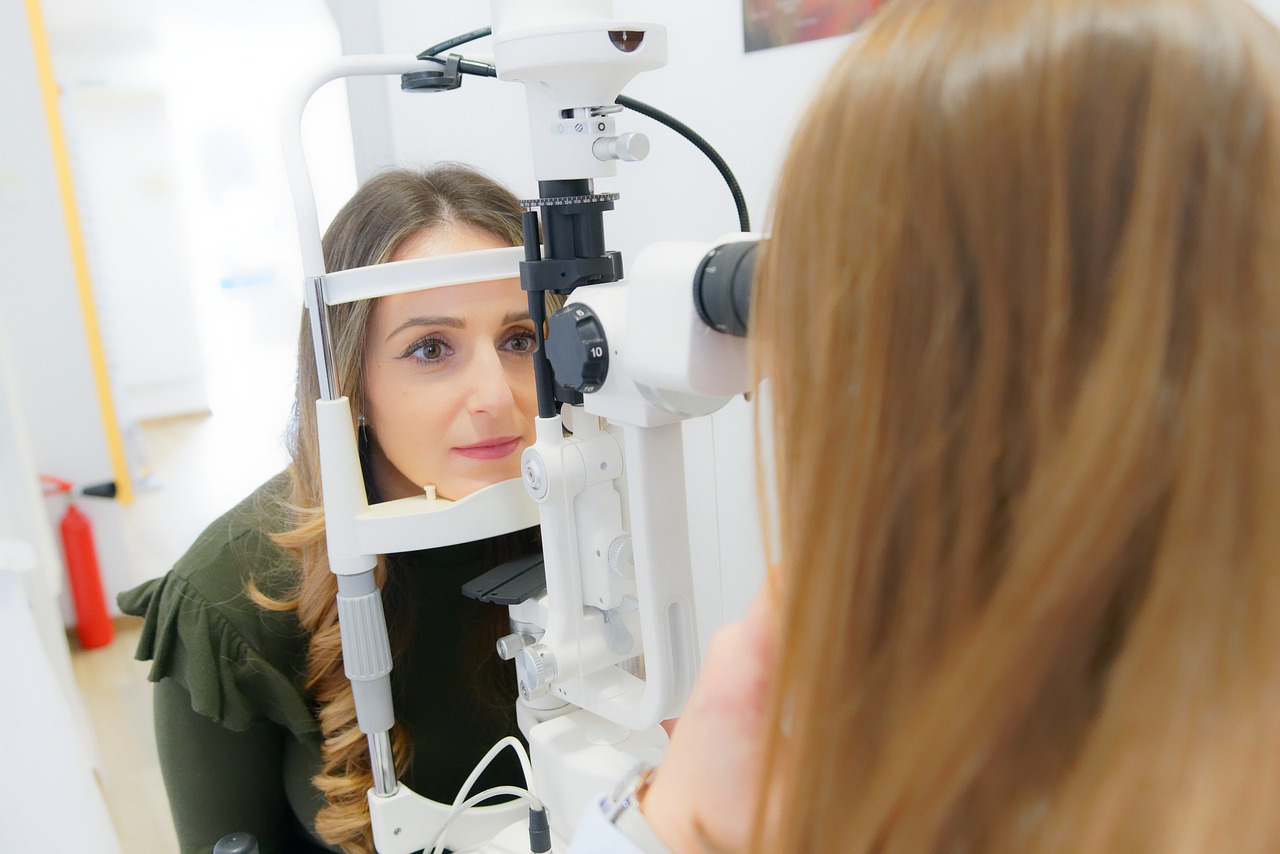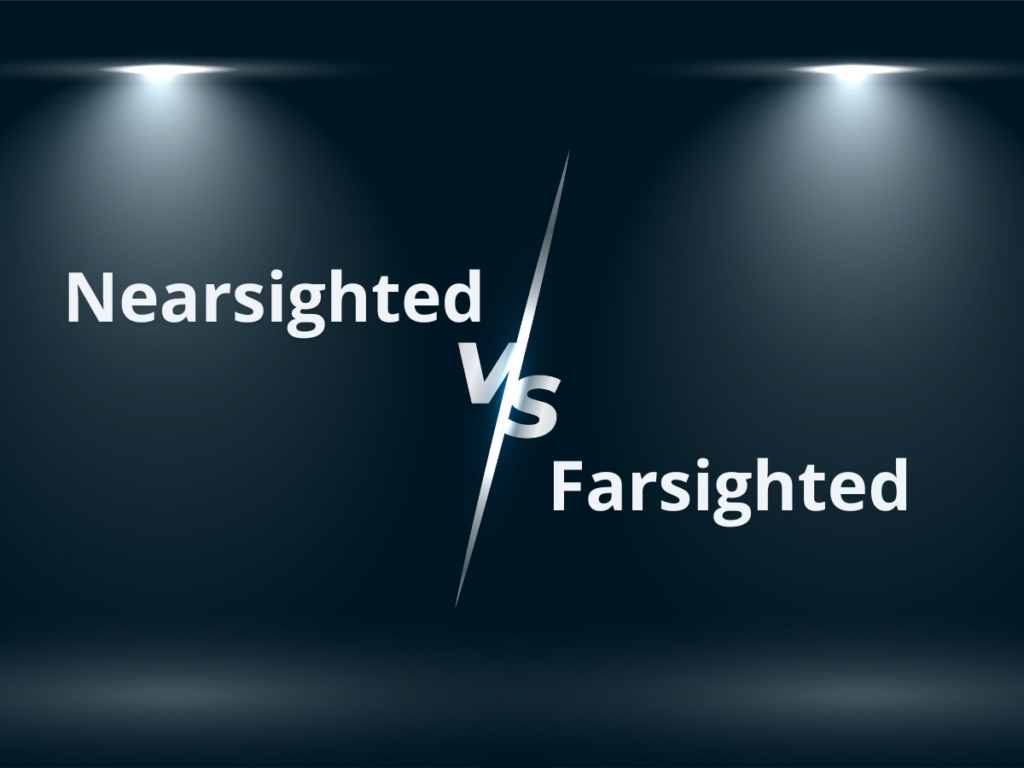LASIK for Farsightedness: An Overview & Outcomes
Laser-Assisted In Situ Keratomileusis (LASIK) has become a prevalent surgical option for correcting refractive errors, including farsightedness (hyperopia). Farsightedness, or hyperopia, affects millions worldwide, blurring near vision while distant objects remain relatively clear. While traditional vision correction methods like glasses and contact lenses have long been the standard, LASIK surgery has emerged as a transformative solution for patients seeking long-term visual improvement.
Many patients experience significant improvements in their vision, reducing or even eliminating the need for glasses or contacts. However, success rates depend on factors such as prescription strength, corneal thickness, and overall eye health. Understanding its success rates and the factors influencing outcomes is crucial for individuals considering this procedure.

Effectiveness of LASIK for Farsightedness

LASIK reshapes the cornea to improve how light focuses on the retina, enhancing clarity. Studies show that for mild to moderate farsightedness (+1.00 to +6.5 diopters), LASIK has a high success rate, with many achieving 20/25 vision or better. Research published in Ophthalmology found that LASIK is effective and predictable in achieving very good to excellent uncorrected visual acuity, with postoperative refractions within 1 diopter of emmetropia. (Kluwer, W. 2023).
However, it’s important to note that higher degrees of hyperopia may present more challenges, and the predictability of outcomes can decrease as the severity of farsightedness increases.
Factors Influencing Success:
Several factors influence the candidacy and outcome of LASIK for farsightedness, including:
- Age: Younger patients with stable prescriptions tend to have more predictable outcomes.
- Corneal Thickness: Adequate corneal thickness is necessary to safely perform the corneal reshaping.
- Degree of Farsightedness: Higher degrees of hyperopia may require more corneal reshaping, which can impact results.
- Overall Eye Health: Pre-existing eye conditions can affect candidacy and outcomes.
- Pupil Size: Larger pupils may increase the risk of postoperative visual disturbances, such as glare or halos.
- Preoperative Prescription Stability: Ensuring that the prescription has been stable for at least a year can enhance the predictability of results.
- Surgeon’s Experience: Choosing a skilled and experienced LASIK surgeon is critical.
Measuring LASIK Success for Hyperopia: Beyond 20/20
While achieving 20/20 vision is a common benchmark, LASIK success for farsightedness encompasses more than just visual acuity. Success is considered in terms of:
- Improved Uncorrected Visual Acuity: This measures how well you see without glasses or contacts after surgery. Many patients achieve 20/20 or better, while others may see 20/40 or 20/30, significantly reducing their dependence on corrective lenses.
- Reduction in Dependence on Glasses or Contacts: Even if 20/20 vision isn’t achieved, a significant decrease in the need for corrective lenses represents a substantial improvement in quality of life.
- Patient Satisfaction: Ultimately, the success of LASIK depends on the patient’s satisfaction with their vision and overall experience. High patient satisfaction rates are consistently reported in studies on LASIK for hyperopia.
Advanced Technology and Personalized Approach
We utilize state-of-the-art technology in all aspects of the LASIK procedure, from pre-operative diagnostics to laser vision correction. This advanced technology allows for precise measurements and personalized treatment plans, maximizing the potential for successful outcomes. Our commitment to individualized care ensures that each patient receives the best possible treatment tailored to their specific needs.
Is LASIK Right for You?
LASIK can be a highly effective solution for farsightedness, offering improved vision and greater freedom from corrective lenses. To ensure the best results, during the comprehensive consultation, we thoroughly discuss the benefits and risks of LASIK for farsightedness, address any concerns, and answer all questions. We provide detailed information about the procedure, recovery process, and potential outcomes, empowering patients to make informed decisions about their vision correction options. We encourage you to schedule a consultation with our experienced medical team to discuss your vision correction goals and explore whether LASIK is the right choice for you.
Schedule Online
Resources:
American Academy of Ophthalmology. (2004). LASIK for hyperopia, hyperopic astigmatism, and mixed astigmatism. Ophthalmology, 111(8), 1604-1617. Retrieved from https://www.aaojournal.org/article/S0161-6420%2804%2900817-6/fulltext?utm_source=chatgpt.com
Kluwer, W. (2023). FS-LASIK for the treatment of moderate-to-high hyperopia. Journal of Cataract & Refractive Surgery 49(6):p 558-564, June 2023. | DOI: 10.1097/j.jcrs.0000000000001153. Retrieved from https://journals.lww.com/jcrs/abstract/2023/06000/fs_lasik_for_the_treatment_of_moderate_to_high.4.aspx
National Library of Medicine. (2023). Laser In Situ Keratomileusis (LASIK). Retrieved from https://www.ncbi.nlm.nih.gov/books/NBK555970/
National Library of Medicine. (2009). LASIK world literature review: quality of life and patient satisfaction. Retrieved from https://pubmed.ncbi.nlm.nih.gov/19344821/
Disclaimer: This information is for general knowledge and informational purposes only and does not constitute medical advice. Consult with a qualified healthcare professional for diagnosis and treatment of any medical conditions.
Categories





